Let me throw something out there for you to mull over. It is something I stumbled upon as I was connecting the dots after learning that the son of Frank Lloyd Wright (“elevating American society through architecture”), John Lloyd Wright invented Lincoln Logs.
I was thinking about the environment John was raised in — and how it must have had an influence on his “adjacent possible” thing in the area of toys.
The following has been It’s slightly adapted. I’ll explain more once you get through these five points.
Point 1: Humans are creative beings.
What separates us from other life forms is that we alter our environment. More than simple tool building, our brains allow us to visualize in 3-D and imagine a different future. True education must help people understand their true nature as creative beings.
Point 2: Play is the engine that drives true learning.
Play is not idle behavior. It is a biological imperative to discover how things work. It is happy work, but definitely purposeful. The key is to harness this impulse and focus person’s play energy on specific activities designed to lead them to create meaning from the experience.
Point 3: People can only learn what they are ready to learn.
Each person is unique and develops according to their own schedule. Nothing can be more wasteful or frustrating than to try to force someone to march to a different beat.
Point 4: Education means to “lead someone to knowledge.”
The Latin root of the education (“educare”) means “to lead to.” Education was designed for the teacher to guide – to lead to an understanding. Trying to force knowledge into a mind has been proven ineffective for centuries. It works for the short term (like cramming for a test) but does not produce lasting results.
Point 5: Activities are a window into a person’s inner world.
Activities in a prepared environment give people experiences but they also provide the teacher with sophisticated diagnostic tools to assess where a child is at developmentally. The verbal exchanges between teacher and student are a window into the student’s mind. .
Teaching should always be joyful, fun and easy.
***
It’s okay if you want to read those over a few times.
The points hit are things I’ve been thinking about… things that intuitively make sense, and only now I managed to find them traceable to someone who lived several centuries ago. You see, this is a derivative of Froebel’s Kindergarten methods.
I was reading up on John Lloyd Wright and found this story which mentioned how Frank Lloyd Wright and his wife Catherine educated their children according the theories of Friedrich Froebel (1782 to 1852):
This training, which was directed towards the development of analytical thinking, assumed that for the child who observed, took to pieces, and reassembled things, the desire to create shape and form was a natural instinct. This was the basis of Frank’s own childhood education. Emphasizing learning from nature, it reinforced knowledge Frank had gleaned from his early experiences on his uncle’s farm in Wisconsin and introduced him to the formative geometrics that became the basis for his architecture.
My mind took off. Was Froebel the missing link to enabling the creative mind?
So I got to reading about Froebel and realized the guy was onto something AND this something has been glaringly missing for generations.
And that’s why I adapted his Kindergarten Philosophy to be readable sans the reference to child / children. I wanted to see if the reader could connect the dots like I had.
There’s lots more to discuss on this topic. The Gang will have thoughts on education, no doubt. And I wouldn’t be surprised if at some point, Mr. JL Wright swung by.
Stay curious my friends! This is really a fun way to learn!
##
And there’s more. As I was trying to track down a picture of John Lloyd Wright, I found a Frank Lloyd Wright “selfie.” Not that those existed back then.
The description stated the following:
“A self-photograph. No ‘picture-taker’ could satisfy him. So he rigged up his camera with a long rubber tube, and at the right moment, squeezed the bulb! It was the year 1895.” John Lloyd Wright, published in “My Father Who is on Earth”, 1946, page 18.
John Lloyd Wright wrote a couple of books about his Dad.
My Father Who is On Earth: By John Lloyd Wright
According to the Amazon description, “on March 6, 1945, after hearing rumors that his son, John, was writing a book about their stormy past, Frank Lloyd Wright wrote a note asking him, “What is this talk of a book? Of all that I don’t need and dread is more exploitation. Can’t you drop it?”
John assured his father that he would like the book and sent him a copy on its publication—March 29, 1946. A few days later, Frank Lloyd Wright returned it with numerous comments penciled in the margin, responding to what his son had written, and with a request that a new, second copy be sent to him. John complied with the request but first transcribed not only all his father’s comments into the clean copy in black pencil but also his own answers to them in red pencil. He also transcribed all these comments into a third copy, again using colors to differentiate his comments from those of his father. This third copy is the basis for this new edition of John Lloyd Wright’s book.”
Apparently, the version Amazon lists but doesn’t resell, is a reprint of the 1946 edition along with marginal notes, comments, and corrections made by John Lloyd Wright and his father, as well as explanatory notes and an introduction by Narciso G. Menocal. Talk about a fun read! I’m adding it to my wish list.
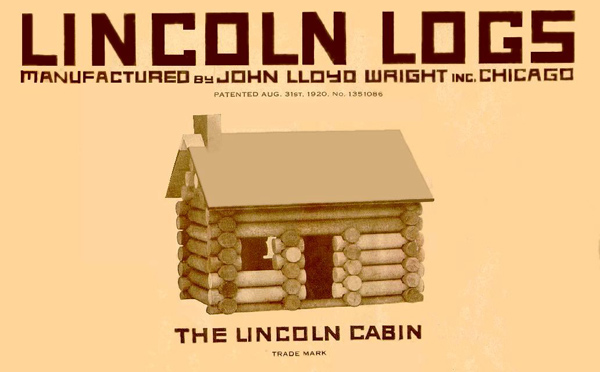
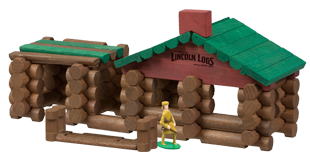
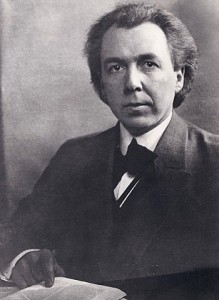
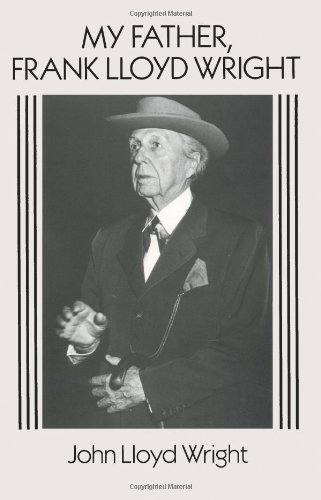




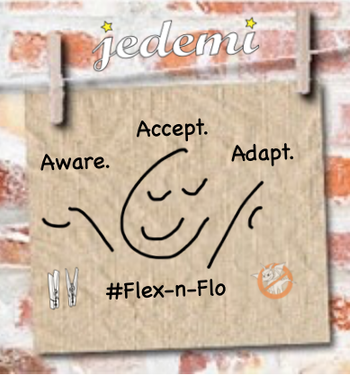
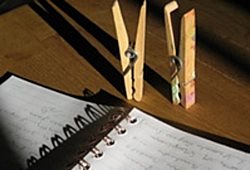
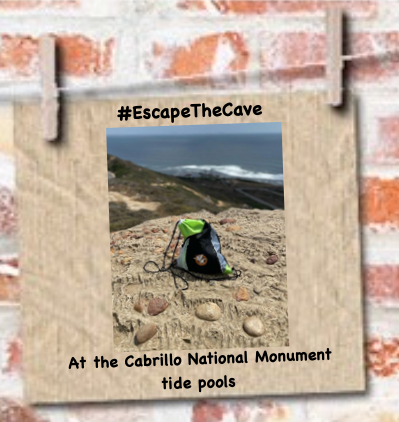
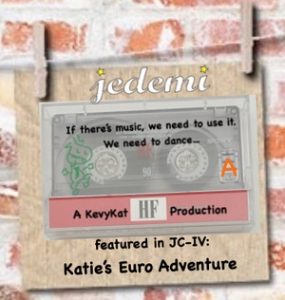

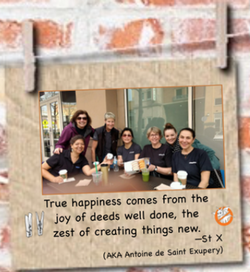


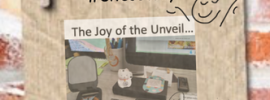
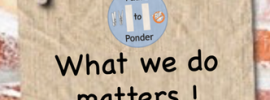
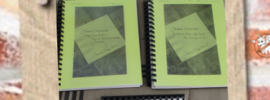

Speak Your Mind